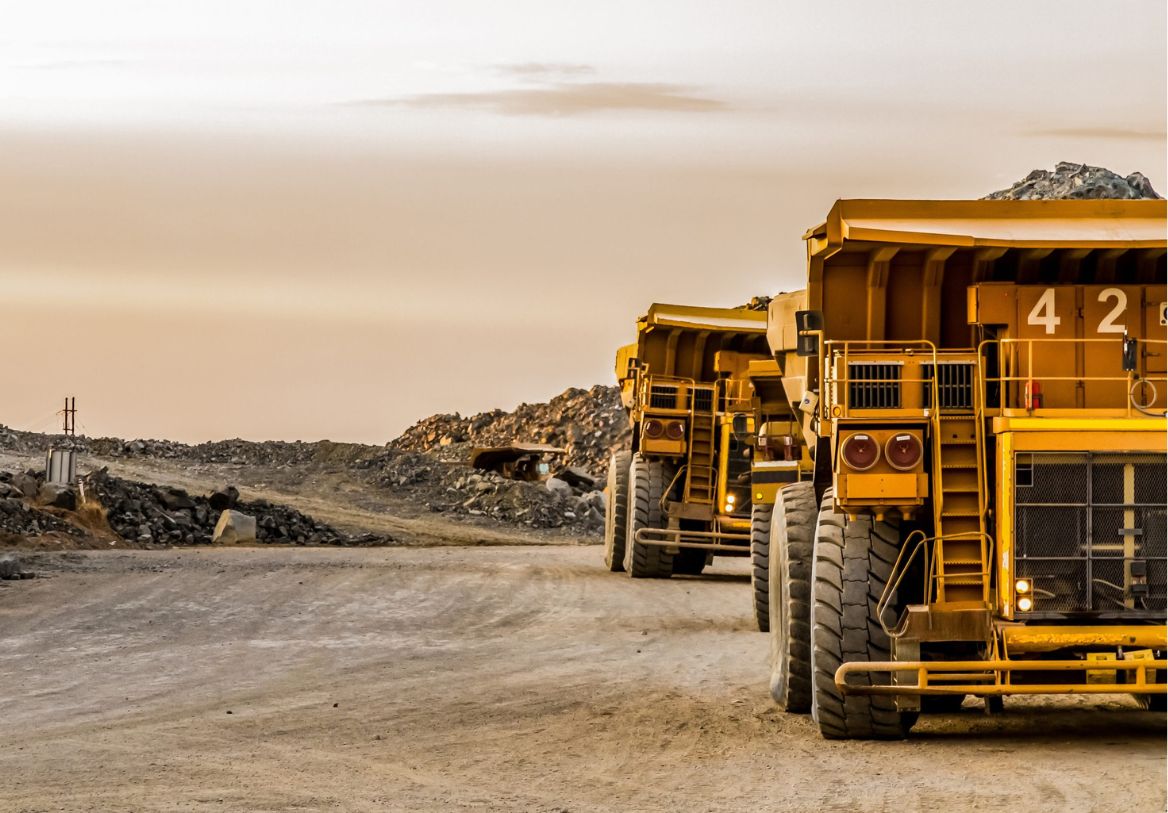Australian solar panel recycling tech on show in Spain

- by Admin
- June 13, 2024

RMIT’s Dr Ylias Sabri said while solar panels are helping to reduce carbon emissions, the infrastructure to scrap and effectively recycle them once they reach their end of life has been lacking.
“Solar panels have a lifespan of 25 to 30 years and contain valuable metals including silver and copper,” he said.
“But there’s historically been little interest in recovering these strategic metals from discarded panels as it’s difficult and expensive to do, so they end up in landfill.”
It’s hoped technology being developed by Sabri and his team could be part of the solution to improve the economic viability of recycling solar panels.
“RMIT is in a prime position to support this large and growing market and consequent job creation,” Sabri said.
The Integrating End of Life Solar Panel Waste in Circular Economy network is funded by the Australian Government Department of Climate Change, Energy, the Environment and Water (ICIRN000011).
It involves multidisciplinary teams of researchers and industry partners, including New York University, University of Castilla-La Mancha, CSIR-National Physical Laboratory, King’s College London, EDIPAE, My Second Life Solar, HP Energy and others.
Story: Aеden Rаtcliffe
Masthead image: Adobe Stock (AI generated)
The Latest News
-
November 23, 2024Kangaroos march into AFLW grand final with crushing win over Port
-
November 23, 2024‘Bragging rights’: Giddey DENIES Daniels dunk, makes statement in Aussies’ physical clash
-
November 23, 2024Smith fires, Herbert in LIV mode as Aussie PGA heats up
-
November 23, 2024Georgia Voll bolts into Aussie squad as Healy replacement | cricket.com.au
-
November 23, 2024‘My story’s still not done’: Joel Dahmen drains ticklish putt to make cut at RSM, keeps hopes alive of retaining tour card – Australian Golf Digest





